Understand patterns Worksheets for Ages 3-7
7 filtered results
-
From - To
Discover our engaging "Understand Patterns Worksheets" designed for children ages 3-7, perfect for nurturing early math skills! These worksheets help young learners enhance their ability to recognize, predict, and create patterns in a fun and interactive way. With colorful visuals and age-appropriate activities, your child will explore various types of patterns, including shapes, colors, and sizes. These engaging exercises promote critical thinking and problem-solving skills while making learning enjoyable. Ideal for both classroom and at-home learning, our worksheets provide an excellent resource for parents and educators looking to support early childhood development in a playful and effective manner.
Understanding patterns is a fundamental skill for children aged 3-7 that lays the groundwork for critical thinking and problem-solving abilities. Parents and teachers should care about fostering this understanding because patterns encourage logical reasoning and build math skills essential for future learning. Recognizing patterns helps children make sense of the world, as they begin to see relationships and sequences in nature, daily routines, and social interactions.
At this developmental stage, children are naturally curious and eager to explore. Engaging them with patterns through activities, songs, and games enhances their cognitive abilities and promotes creativity. It aids in the development of observation skills, as children learn to notice similarities and differences, an essential aspect of both math and literacy.
Moreover, emphasis on patterns fosters early numeracy skills, such as counting and sequencing, that are crucial for later mathematics. It also cultivates self-discipline and focus, as identifying and creating patterns requires attention and consistency.
In summary, helping young children understand patterns not only enriches their immediate learning experiences but also equips them with essential skills necessary for their educational journey. By nurturing this understanding, parents and teachers play a crucial role in preparing children for academic success and life-long learning.

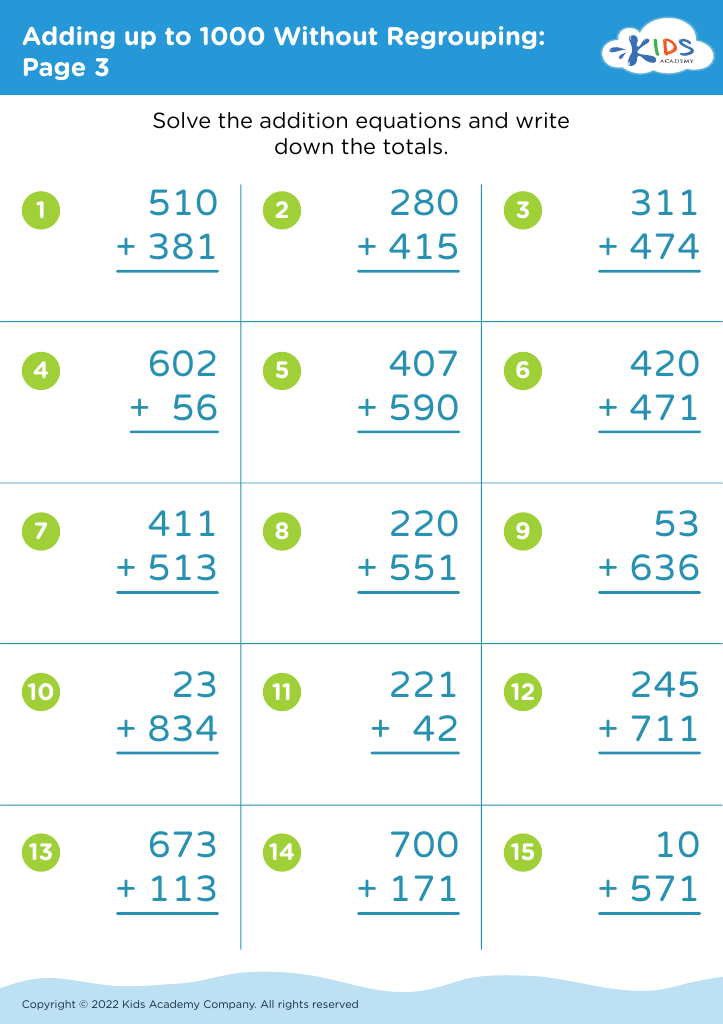
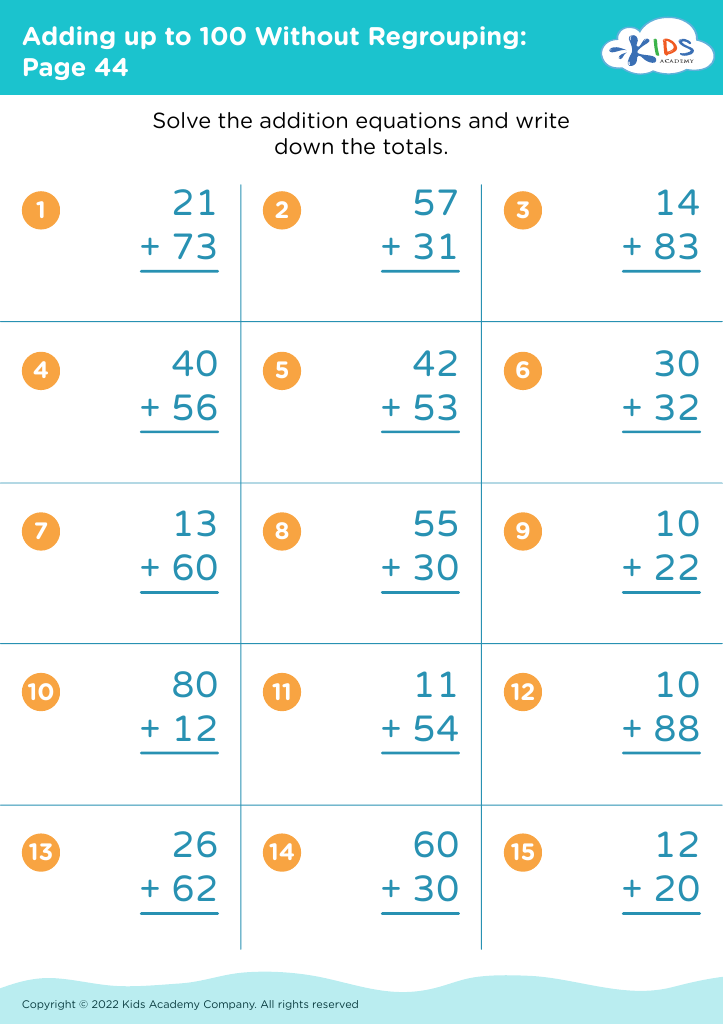
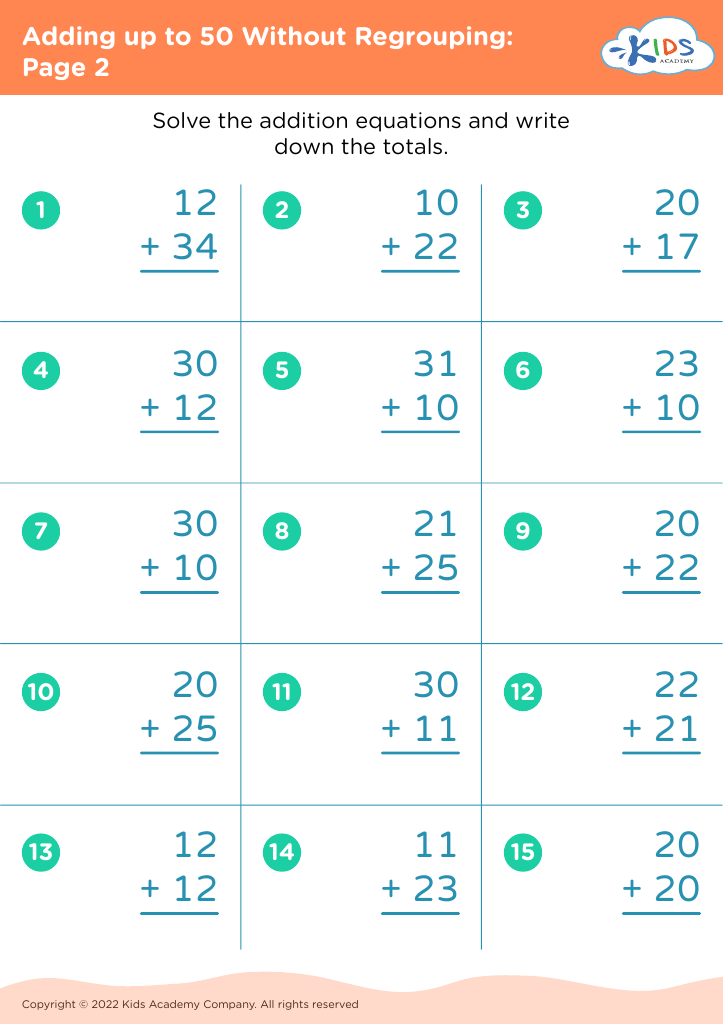
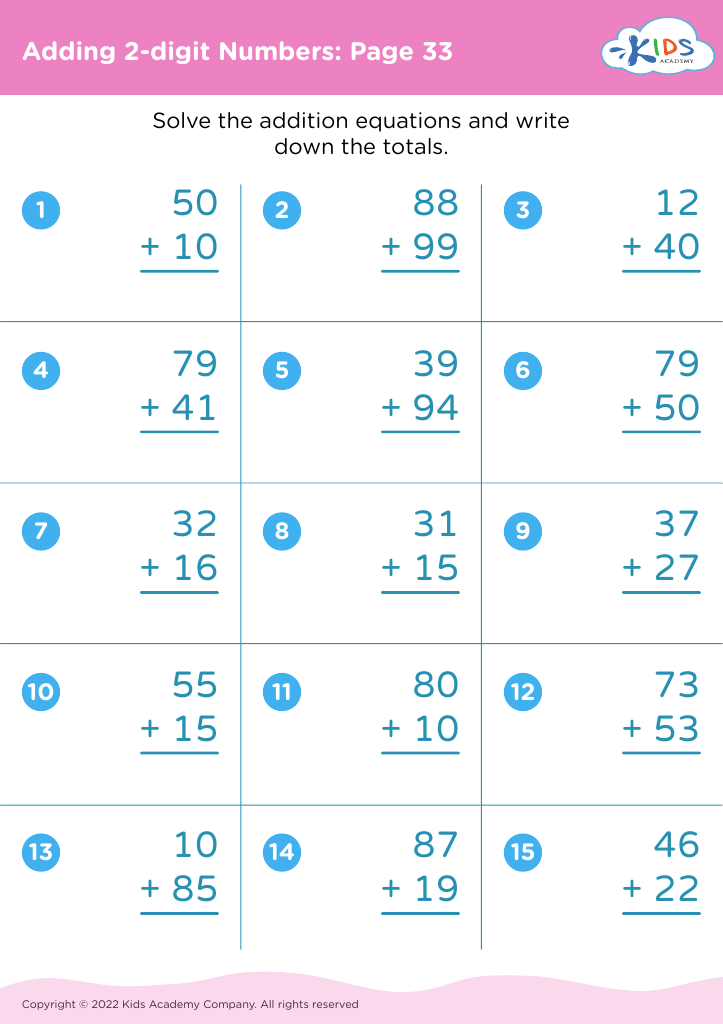
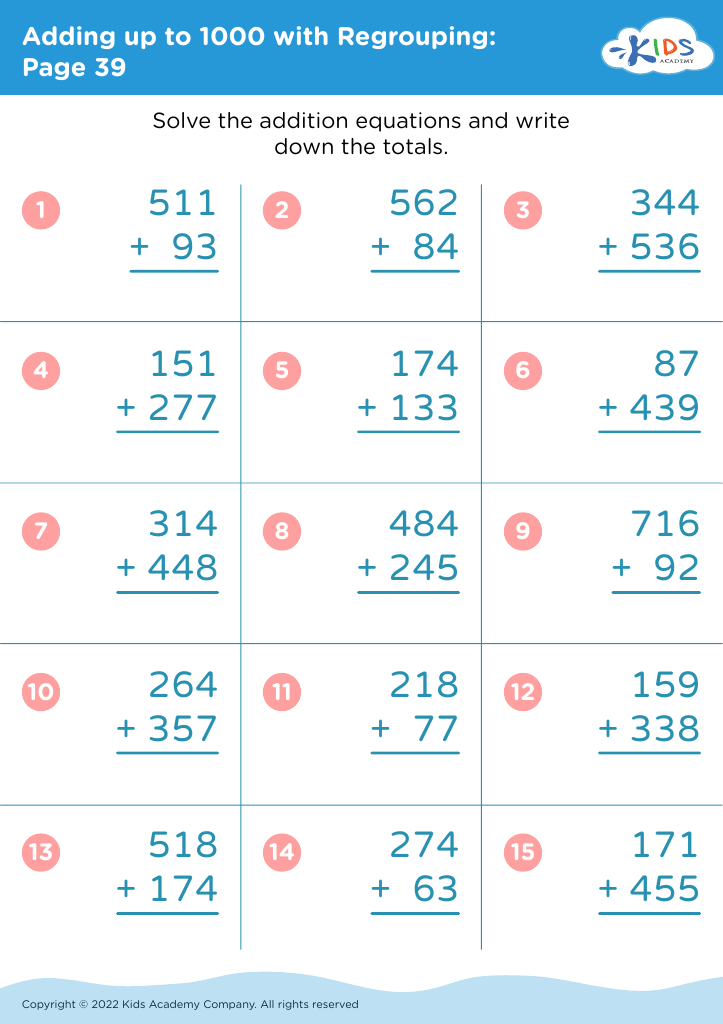
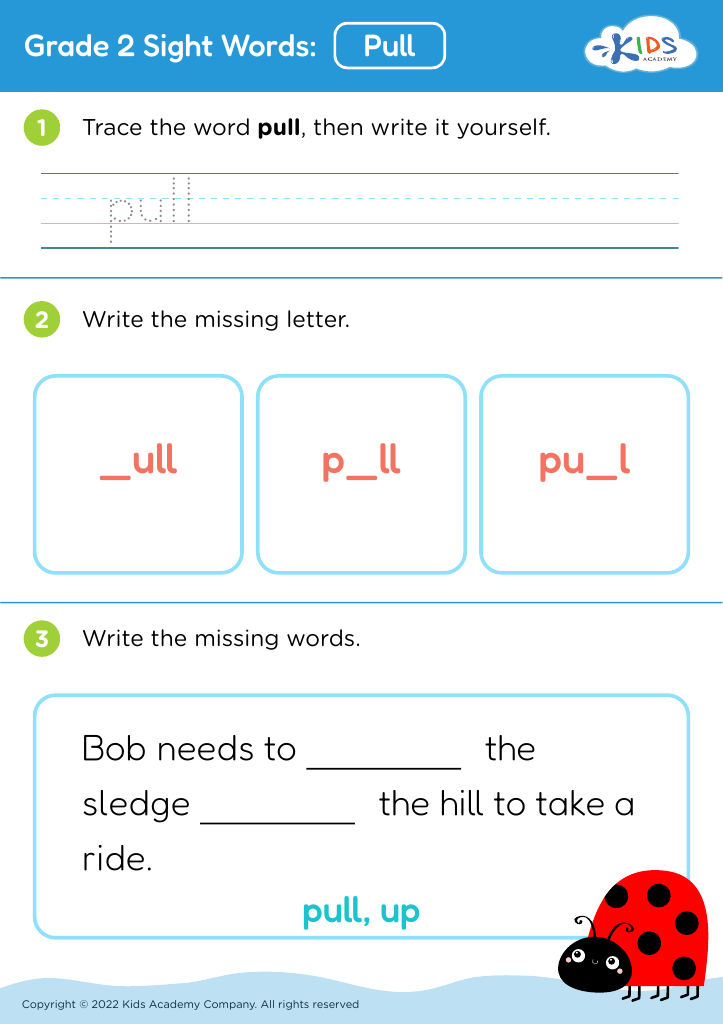


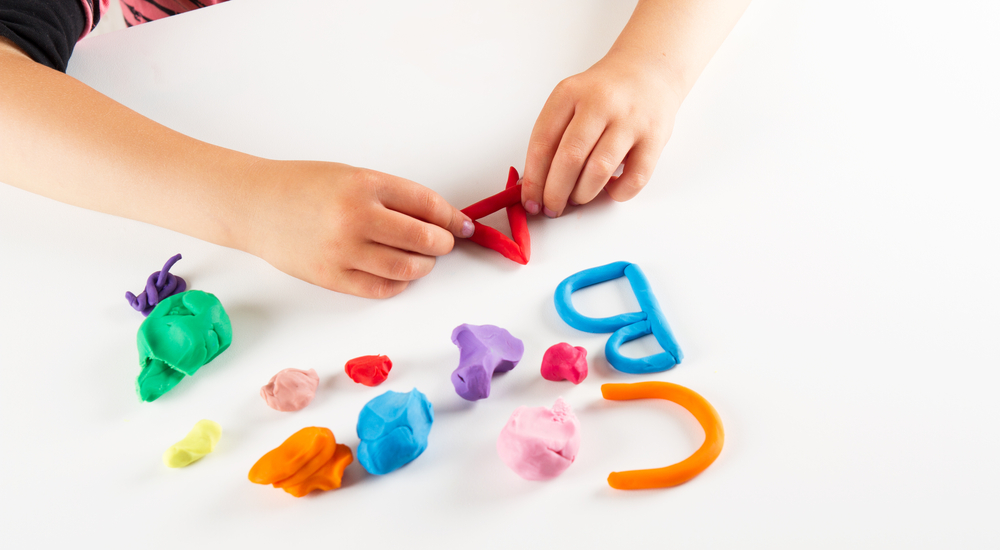

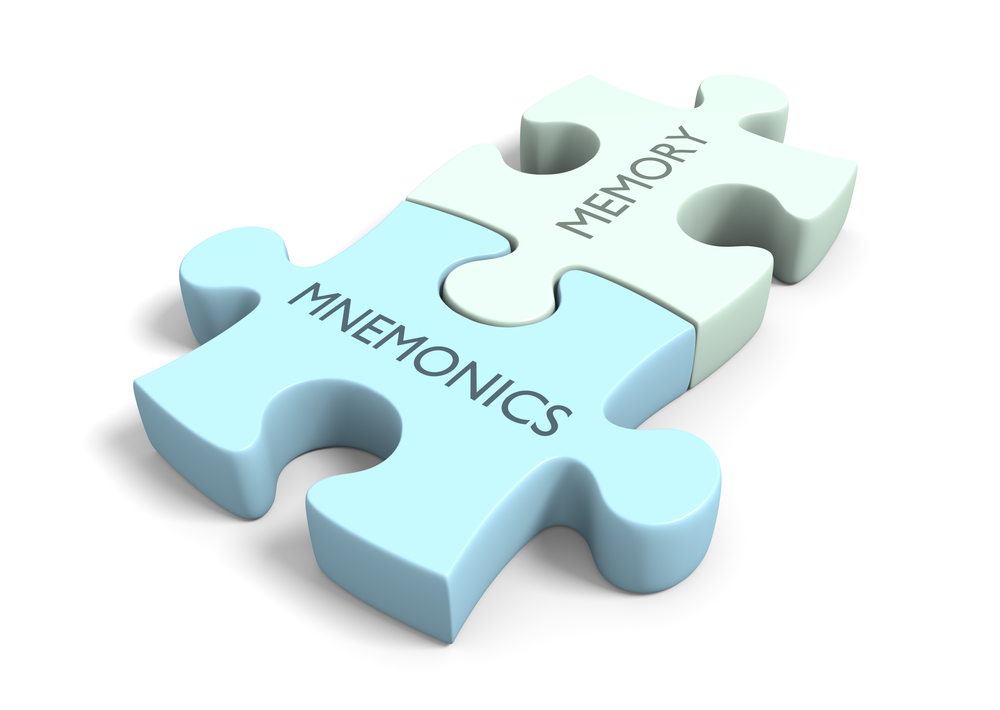


.jpg)








